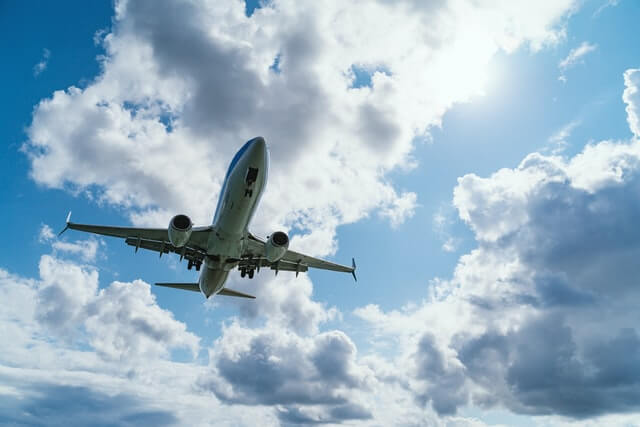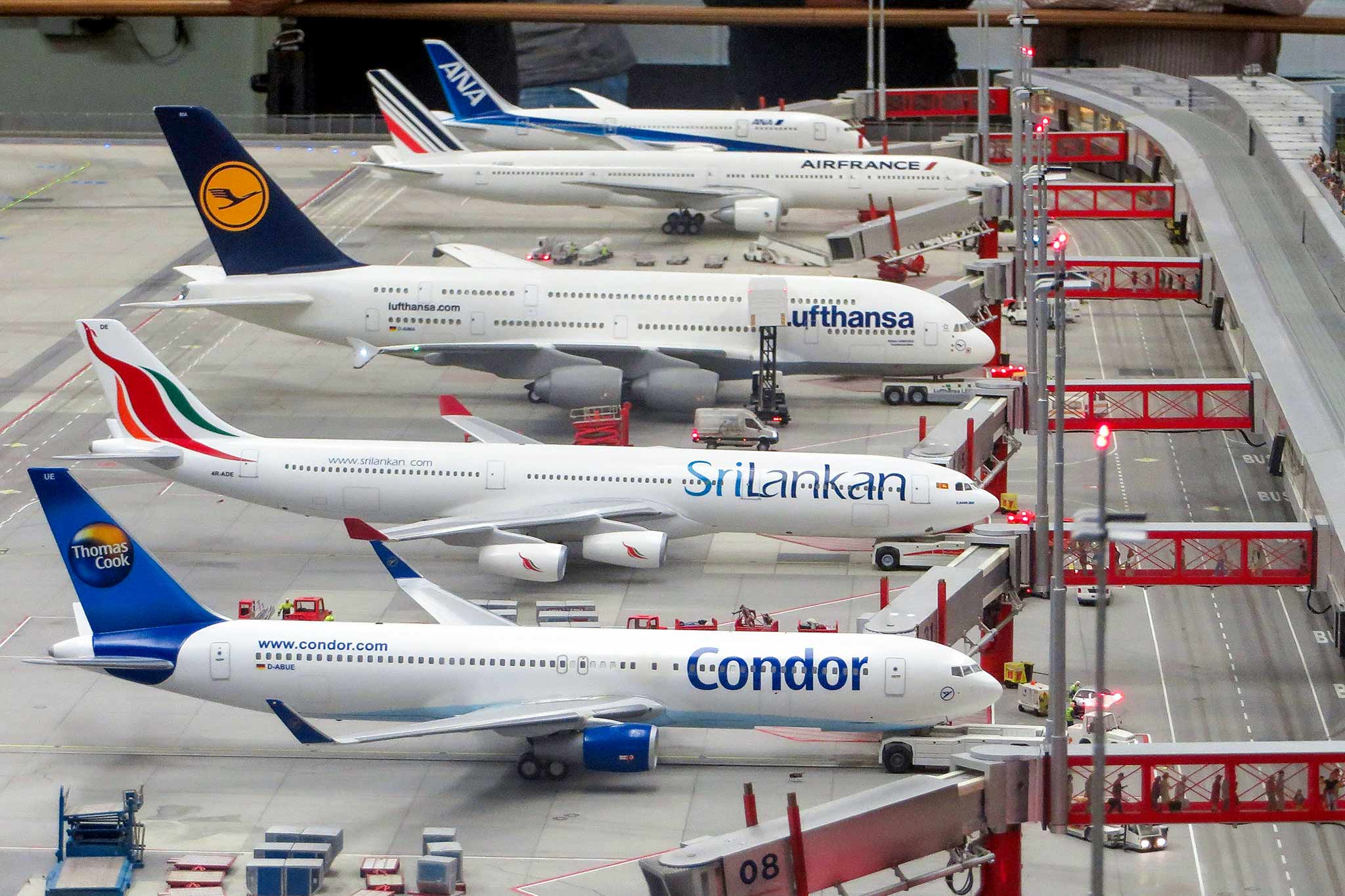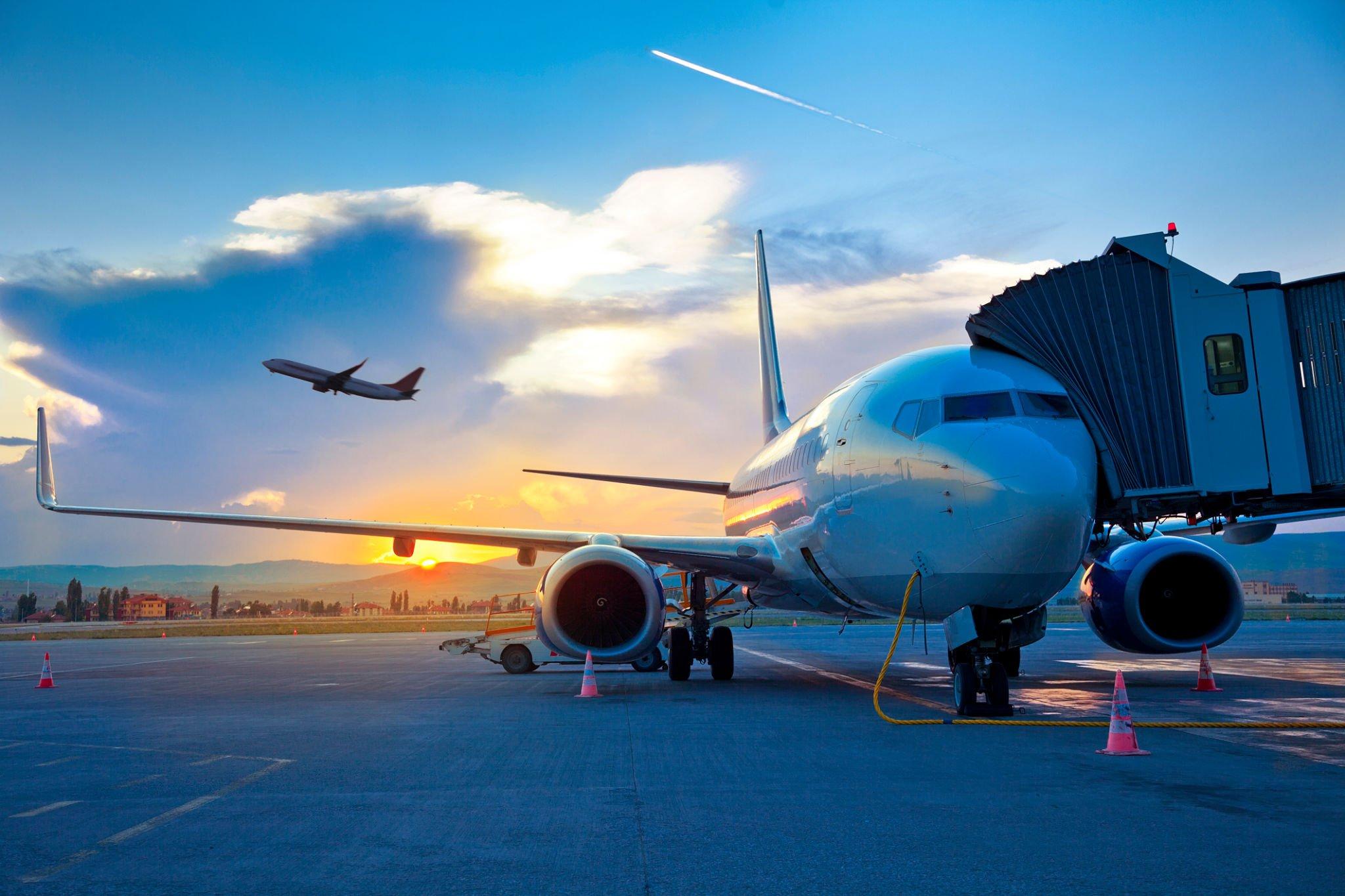

How are airlines reducing carbon emissions? For some, the answer lies in artificial intelligence.
According to the International Council on Clean Transportation, commercial aviation creates about two percent of the world’s carbon emissions and 12 percent of carbon emissions produced in the transportation sector. While these numbers may not seem out of control, consider this – the amount of carbon passenger and freight airplanes add to the atmosphere is set to triple by 2050.
Reducing carbon emissions is one of the most popular topics among airlines and other trade organizations today, and many are setting aggressive targets to reduce overall fuel burn and find ways to offset their remaining CO2 footprint. With current projections indicating that demand for air passenger travel might exceed 10 billion by 2050, the time to begin addressing carbon emissions is now.
Many airlines are turning to technology to solve this problem. In this article, we discuss how AI technology, such as the technology available from Synaptic Aviation, helps curb carbon emissions.
How are airlines reducing carbon emissions using AI?
Thanks to AI technology, some airlines are seeing a massive reduction in the amount of fuel they burn (and massive savings on fuel costs). In the aviation industry, the goal of AI implementation is to help human decision-makers react quickly to variables. AI also helps predict when these variables may arise, which allows those operating the aircraft to reduce mistakes, which can lead to higher fuel consumption.
How AI from Synaptic Aviation Helps Reduce Carbon Emissions
Synaptic Aviation aims to help our clients lower their fuel consumption by giving them the tools they need to alert their teams to any challenges standing in the aircraft’s way so they can remove them. For instance, as the aircraft holds to approach the gate, our technology actively detects obstacles in the safety envelope and alerts the proper team members so they can respond quickly.
The less time an aircraft has to hold before approaching, the less fuel it will burn, which leads to lower carbon emissions throughout the year. Reducing the number and duration of aircraft hold events lowers engine and auxiliary power unit fuel burn. Our technology also alerts the proper team members when the ground assistance units are connected so the APU can be turned off more quickly.
Smart reporting reveals the percentage of time that the aircraft is being supported from ground units. This is an incentive for ground and flight crews to keep the APU off for as long as possible.
Perhaps even more importantly, with technology from Synaptic Aviation, you can track your carbon emissions so you can set goals and see where you can reduce fuel consumption. If airlines reducing carbon emissions can’t measure where they are being inefficient, trying to improve their numbers can feel like grasping in the dark.
Additionally, the ability to track ground activities and receive alerts in real-time helps to minimize avoidable delays, which in turn saves unnecessary fuel burned by allowing aircraft to push back on schedule without holding.
Want to be one of the airlines reducing carbon emissions? Get a demo of our AI technology.
At Synaptic Aviation, we strive to provide our clients with the technology they need to operate more efficiently and effectively. Our technology not only helps eliminate inefficiencies that result in unnecessary fuel burn but also allows you to track your savings against a benchmark. By implementing our technology, you can expect to improve your carbon emission numbers and become more efficient.
Interested in learning more about how your airline can reduce carbon emissions, save on fuel costs, and provide your customers with a better, more streamlined experience? Talk to us today to set up a demo of our AI technology and start doing your part for the planet while saving on fuel.

Learn more, request a demo
Get Demo
 Recent Posts
Recent Posts 

Commercial Aviation Accidents Are at an All-Time Low, So Why are Airport Ramp Accidents Not Improving?
It is extremely rare these days to hear news about fatal commercial aviation accidents. Despite zero fatal accidents in 2023 compared to twelve in 1980, the yearly number of flights has more than quadrupled.
By Synaptic Aviation April 13, 2024
